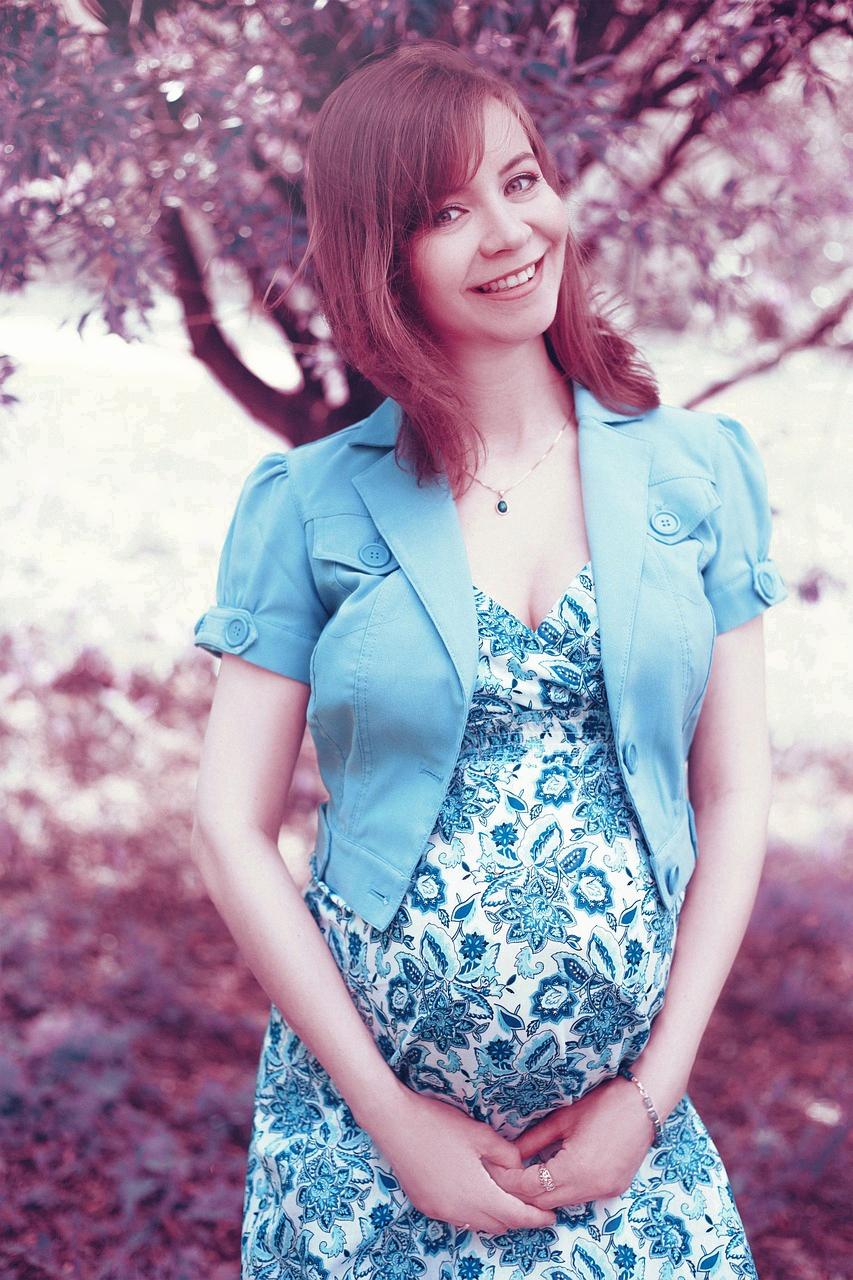First and foremost, a key indicator that the baby has dropped is a visible change in the position of your belly. When the baby moves lower into the pelvis in preparation for birth, your belly tends to hang lower, giving the appearance that you are carrying the baby lower in your abdomen.
Additionally, another telltale sign that the baby has dropped is the noticeable increase in the gap between your breasts and the top of your abdomen. As the baby descends into the pelvic region, it creates more space in the upper part of your belly, leading to this visible separation.
One common physical sensation experienced by many women when the baby drops is increased pressure in the pelvic area. This pressure can be described as a feeling of heaviness or fullness in the lower abdomen, as the baby’s head engages with the pelvis in preparation for birth.
Many expectant mothers also report a change in their breathing patterns once the baby has dropped. With the baby’s descent into the pelvis, there is often less pressure on the diaphragm, allowing for easier breathing and potentially a sense of relief in the chest region.
Another symptom that may indicate the baby has dropped is an increase in frequency and intensity of pelvic discomfort or pain. As the baby’s head moves further down, it can put additional pressure on the pelvic floor muscles and nerves, leading to sensations of aching or pressure in the pelvic region.
Some women may observe a change in their bladder habits once the baby has dropped. With the baby’s head pressing on the bladder as it moves lower, you may find yourself needing to urinate more frequently or experiencing a stronger urge to empty your bladder.
It is not uncommon for women to experience changes in their walking pattern when the baby has dropped. The lower position of the baby in the pelvis can alter your center of gravity, leading to a waddling gait or a feeling of increased pressure in the pelvic area when walking.
Women approaching labor may notice an increase in discomfort or pain in the lower back once the baby has dropped. This can be attributed to the baby’s head descending into the pelvis and exerting pressure on the sacrum and surrounding muscles, causing backache.
Some expectant mothers may observe a noticeable change in the shape and appearance of their belly button when the baby has dropped. As the baby shifts lower in the abdomen, it can cause the belly button to protrude or change in shape due to the pressure exerted by the growing fetus.
Another symptom that can indicate the baby has dropped is an increase in pelvic pressure or discomfort when sitting down or standing up. The downward movement of the baby’s head in the pelvis can lead to increased sensitivity in the pelvic area, making certain movements more challenging.
Along with physical changes, some women may experience emotional shifts once the baby has dropped. The impending arrival of the baby into the pelvic region can evoke feelings of excitement, anticipation, and even nervousness as the signs of labor become more pronounced.
In conclusion, knowing if the baby has dropped involves paying attention to a combination of physical symptoms, such as changes in belly position, increased pelvic pressure, altered breathing patterns, and bladder habits, as well as emotional shifts that may accompany this stage of pregnancy. While every woman’s experience may vary, recognizing these signs can help you prepare for the upcoming birth and understand the changes happening in your body.

